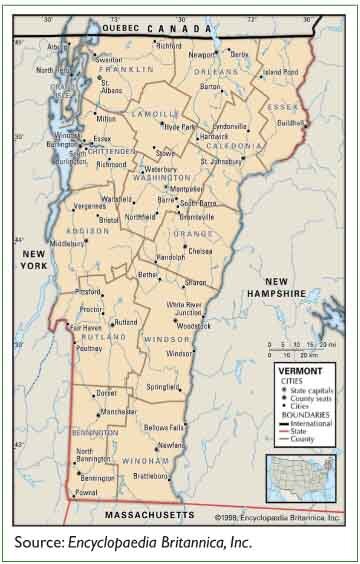
It has been 14 months now since the arrival of COVID in Vermont. We seem to be past the worst now and are slowly getting back to some semblance of normal. This is a good time to assess what has happened to the Vermont economy, and who better to turn to than our long-time friend, Art Woolf? Art is a retired Associate Professor of Economics at the University of Vermont, a former Chief Economist for the State under Governor Madeleine Kunin, the founder and editor of the Vermont Economy Newsletter and now a columnist for VTDigger. I caught up with Art by phone recently.
Art, how has the Vermont economy been affected by COVID the past year?
AW: The initial hit was severe. The State lost 65,000 jobs early on. This is about one out of every five jobs. We have gained back 28,000 so far, but these gains are slowing.
What is the problem?
AW: Well first, the economic recovery is still slow in many areas like tourism, restaurants, and hotels. Then there is the medical issue for some of going back to work. COVID is still around. The government is also both helping and hurting the recovery. Stimulus is of course very helpful to many, but with both Federal and State support the average unemployed person in Vermont is making about $16 per hour. Going back to work might mean losing money. Until the Federal unemployment subsidy goes away in September, employment gains may be slower. Finally, there is the issue of expensive day care and parents not knowing whether schools are open or closed. Staying home is the only alternative for some.
How have State revenues held up?
AW: Here the picture is much brighter. Higher income earners have in general held on to their jobs. This means the income tax has held up, and since the income tax is the biggest tax in Vermont, so have overall revenues. The stock market is up, which means capital gains and capital gains taxes will increase. And finally, the Coronavirus Relief Act is going to give Vermont an incredible one-time boost. Vermont is going to receive a total of $2.7 billion, of which $1.3 billion is direct support which the Governor and the Legislature have until 2024 to spend. This is a whopping percentage of our $5.6 billion total budget.
Were you surprised by the recent 2020 Census results which showed Vermont has gained 20,000 residents since 2010?
AW: I think everyone was. The Census Bureau was estimating as recently as 2019 a population loss for Vermont. Instead, we gained 20k over the 10-year period. This is only 3.1% but still a gain when everyone was expecting a loss. We know what births and deaths have been and we know pretty well what immigrant arrivals are, so the answer to our growth must be migration from other states. My own opinion is it is not primarily COVID-driven. There has been a big jump in second home sales to out-of-state buyers, but second homes are not permanent residents. Why would an out-of-state buyer register their purchase as a second home, and pay a higher property transfer tax, if they expected to live here full time? They would have classified themselves as primary home buyers. We need to wait for additional numbers here.
Post-COVID, what do you see as Vermont’s biggest challenges?
AW: Basically, the same problems we have been wrestling with in the past. Vermont has an older population. Only Maine has an average age greater than Vermont. This aging population affects the working age population, which peaked in 2014-2015. Barring any further positive changes from the recent Census, we will find it difficult to grow our workforce in the future.
So, take out your crystal ball, Art, and tell us what Vermont can do going forward.
AW: Unfortunately, I do not have a crystal ball, not even a magic wand. I can only comment on the current numbers. Vermont has a high marginal income tax rate and high property taxes. This is not a formula for attracting in-migration, especially from high income, highly educated people, the ones we want. The biggest item in the State budget is education spending. To preserve our small towns and community schools, we spend 60-70% more per pupil than the average state on education, but I have not seen studies that show we get any better results for this spending. Our education results are about average. The one thing we do get is very small class size, among the smallest in the country. Hopefully, as COVID retreats and with the better Census numbers and the recent infusion of Federal dollars, we will get a jump start on tackling these longer-term issues.
Thanks Art.